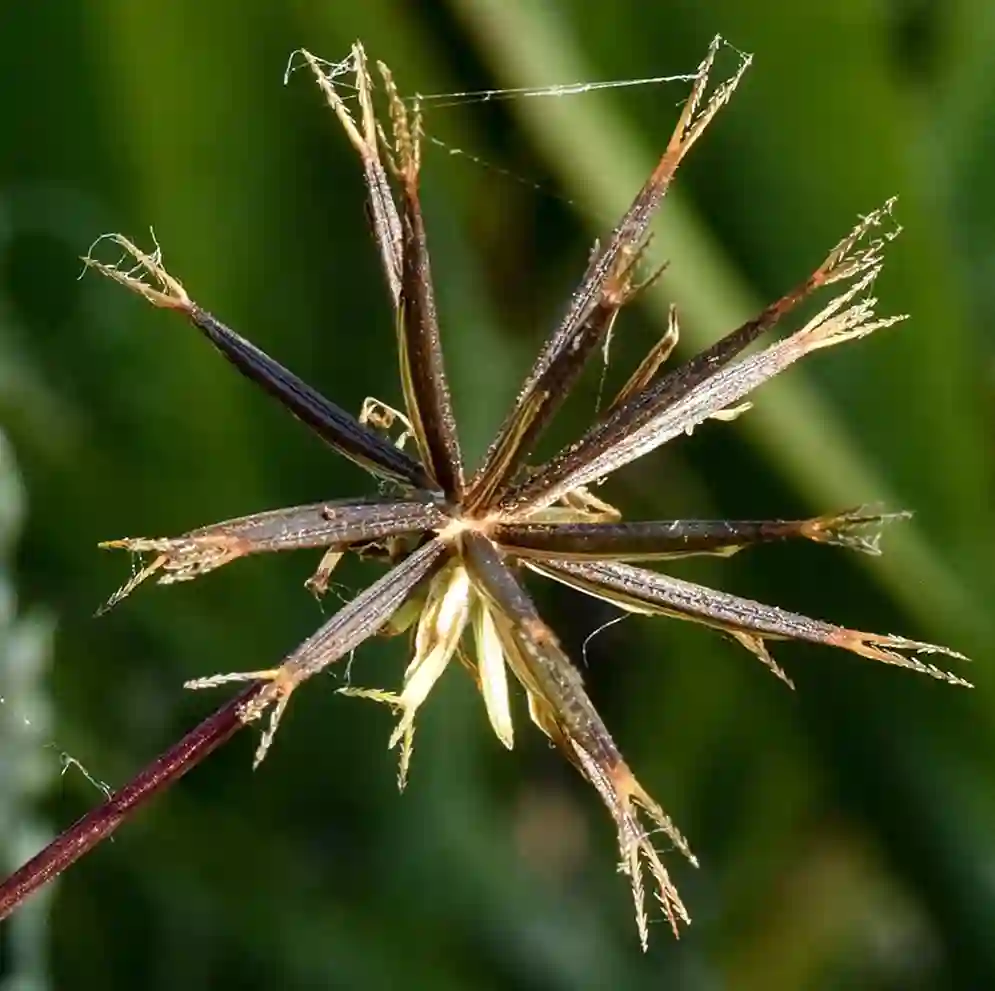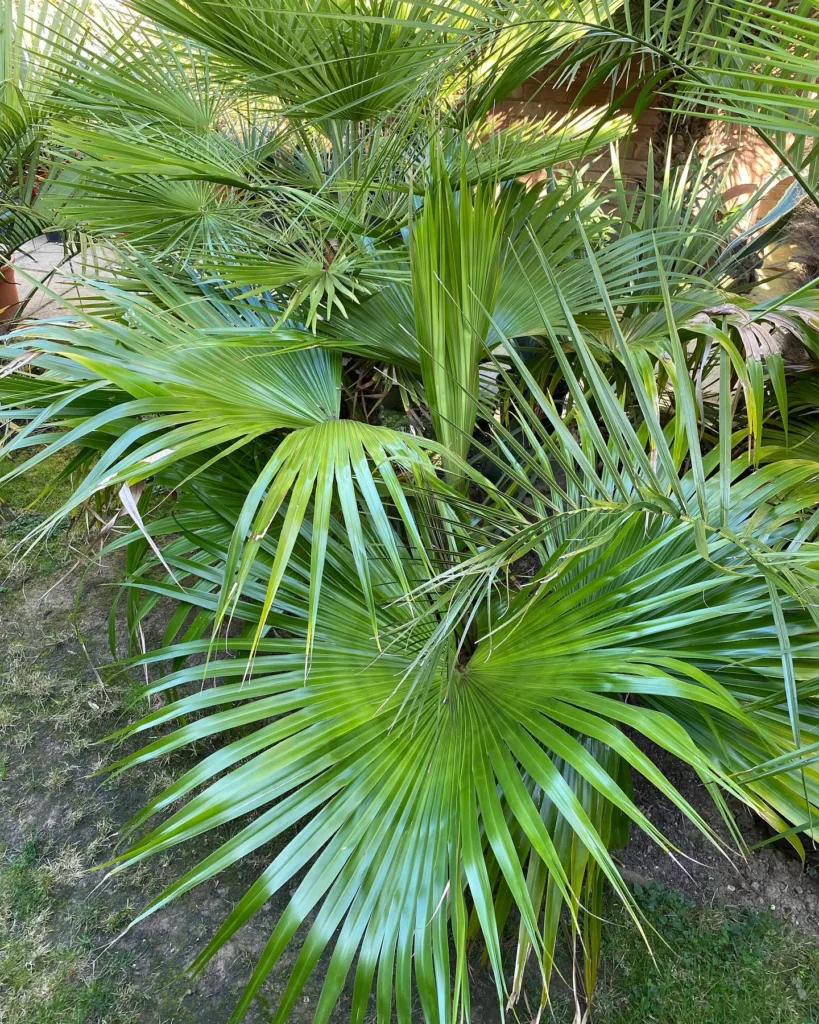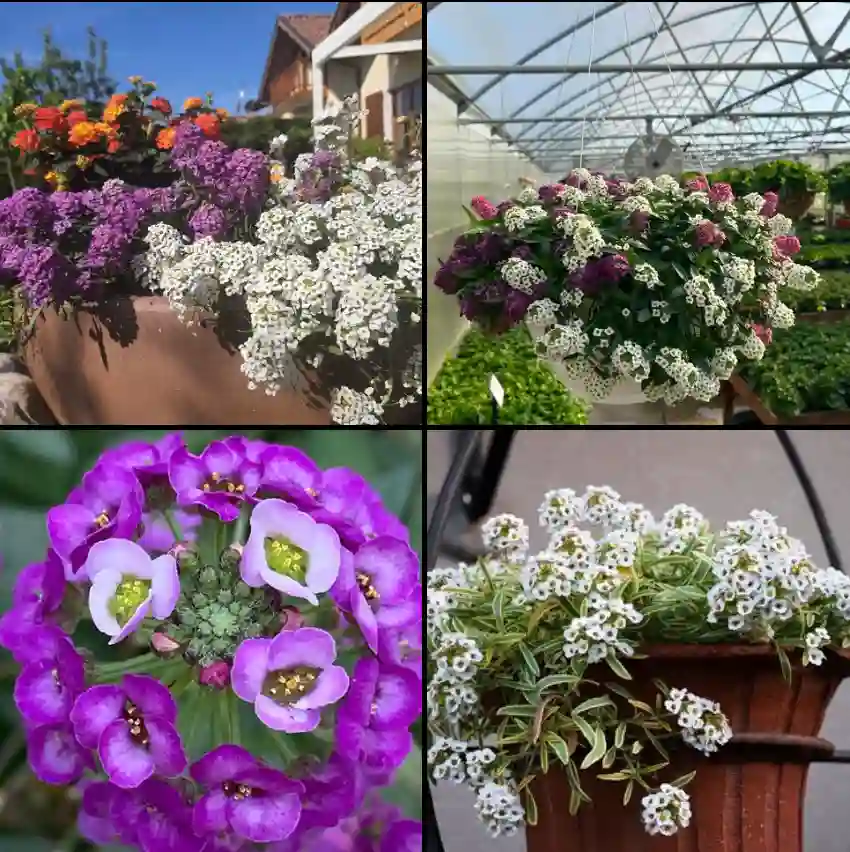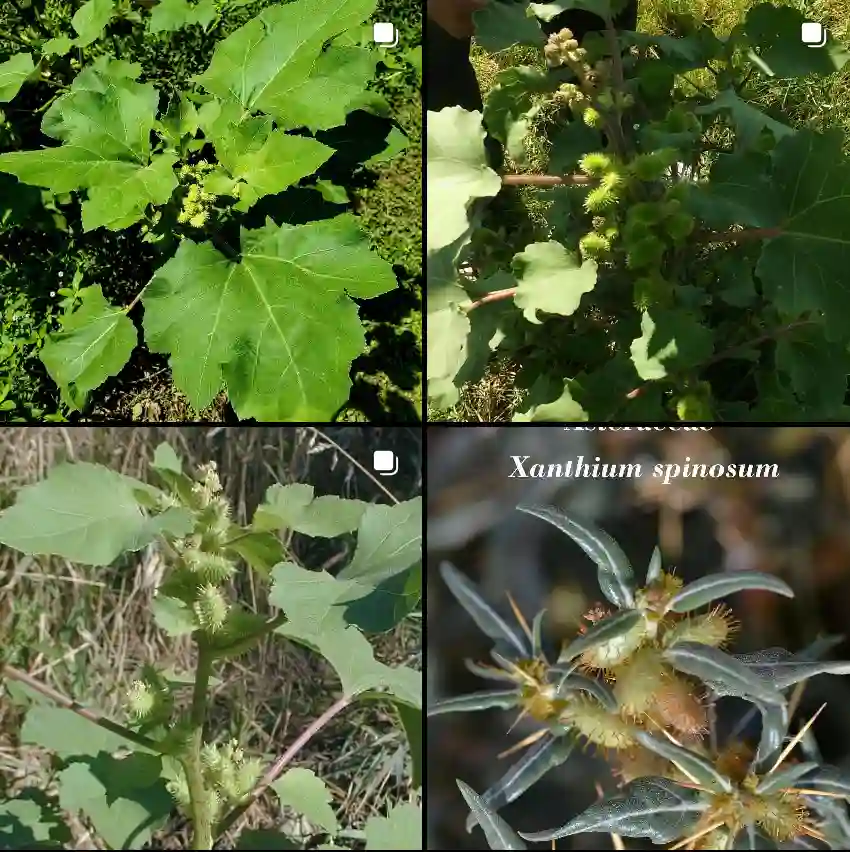FAQs About Symphyotrichum Pilosum
As a plant enthusiast, I often find myself drawn to the charming world of asters. One plant that has recently caught my attention is Symphyotrichum Pilosum. Also known as the Hairy Aster, this perennial offers a delightful splash of color in the garden. In this article, I’ll address some frequently asked questions about Symphyotrichum Pilosum, covering everything from care and propagation to common problems and plant companions.
114 Species in Genus Symphyotrichum
What Is Symphyotrichum Pilosum?
Symphyotrichum Pilosum is a perennial herbaceous plant native to North America. It’s commonly known as the Hairy Aster due to its slightly hairy foliage. The plant typically reaches heights of 1 to 2 feet and blooms in late summer to fall. Its daisy-like flowers, which range from white to pale purple, create a stunning display and attract pollinators like bees and butterflies.
How to Care for Symphyotrichum Pilosum?
Caring for Symphyotrichum Pilosum is relatively straightforward. Here’s a guide based on my experience:
- Sunlight: This plant thrives in full sun to partial shade. Ideally, it should receive at least six hours of sunlight a day.
- Soil: It prefers well-drained soil that is rich in organic matter. If your garden soil is heavy or clay-like, consider amending it with compost to improve drainage.
- Watering: While Symphyotrichum Pilosum is fairly drought-tolerant, regular watering helps it perform better, especially during dry spells. Ensure the soil is moist but not waterlogged.
- Fertilizing: A light application of a balanced fertilizer in early spring can boost growth. However, this plant is not overly demanding in terms of nutrients.
How to Propagate Symphyotrichum Pilosum?
Propagating Symphyotrichum Pilosum can be done through seeds or division. Here’s how:
- Seeds: Start seeds indoors about 8-10 weeks before the last frost. Sow them on the surface of the soil and lightly press them in. Keep the soil moist and provide light until germination. Transplant seedlings outdoors after the last frost.
- Division: For established plants, you can divide them in early spring or fall. Dig up the clump, separate it into smaller sections, and replant them. This method is great for rejuvenating old plants and increasing your stock.
What to Plant with Symphyotrichum Pilosum?
When choosing companion plants, consider those that complement the aster’s color and growing conditions. I’ve had great success pairing Symphyotrichum Pilosum with:
- Echinacea: Also known as coneflower, it shares similar care requirements and blooms at the same time.
- Sedum: Sedum’s succulent foliage contrasts nicely with the aster’s delicate flowers.
- Daylilies: Their vibrant blooms and sturdy foliage provide a great backdrop to the aster’s more delicate flowers.
Is Symphyotrichum Pilosum Toxic?
Fortunately, Symphyotrichum Pilosum is not known to be toxic to humans or animals. It’s a safe choice for gardens where pets and children play. However, as with any plant, it’s best to avoid ingesting parts of it and keep an eye on any unusual reactions if consumed.
Benefits of Symphyotrichum Pilosum
There are several benefits to growing Symphyotrichum Pilosum:
- Pollinator-Friendly: Its flowers attract bees, butterflies, and other beneficial insects, which can help boost the overall health of your garden.
- Low Maintenance: This plant is relatively easy to care for, making it a great choice for both novice and experienced gardeners.
- Seasonal Interest: Blooming late in the season, it provides much-needed color when other plants are winding down.
Common Problems and How to Solve Them
Like any plant, Symphyotrichum Pilosum can face a few issues. Here’s a rundown of common problems and their solutions:
- Powdery Mildew: This fungal disease can cause a white, powdery coating on leaves. Improve air circulation around the plant and avoid overhead watering to prevent it. If necessary, treat with a fungicide.
- Pests: Aphids and spider mites might occasionally attack. Regular inspection and, if needed, insecticidal soap can help manage these pests.
Compare with Similar Plants
Symphyotrichum Pilosum is often compared to other asters. Here’s how it stacks up:
- Symphyotrichum Novae-angliae (New England Aster): This aster is larger and more robust compared to Symphyotrichum Pilosum. It has more vibrant colors but requires more space and a bit more care.
- Symphyotrichum Oolentangiensis (Sky Blue Aster): This variety offers a similar color but has a more sprawling growth habit. Symphyotrichum Pilosum is more compact and easier to manage in smaller gardens.
In summary, Symphyotrichum Pilosum is a versatile and low-maintenance plant that can enhance any garden with its late-season blooms. Whether you’re an experienced gardener or just starting out, this aster offers beauty and practicality. With the right care and planting companions, it’s sure to be a standout feature in your garden.
If i die, water my plants!



